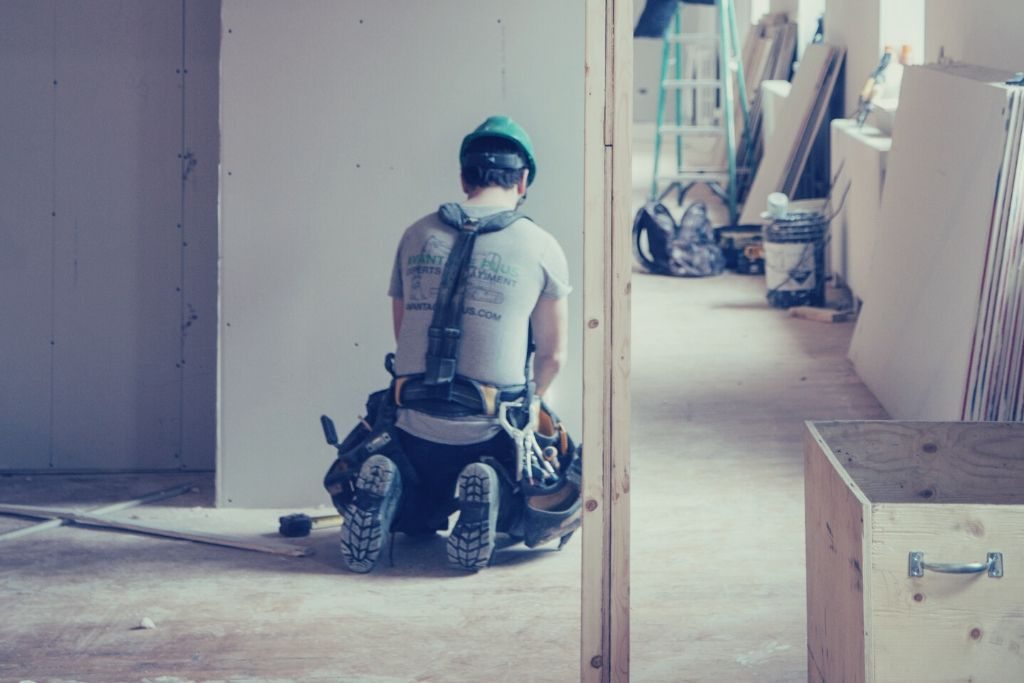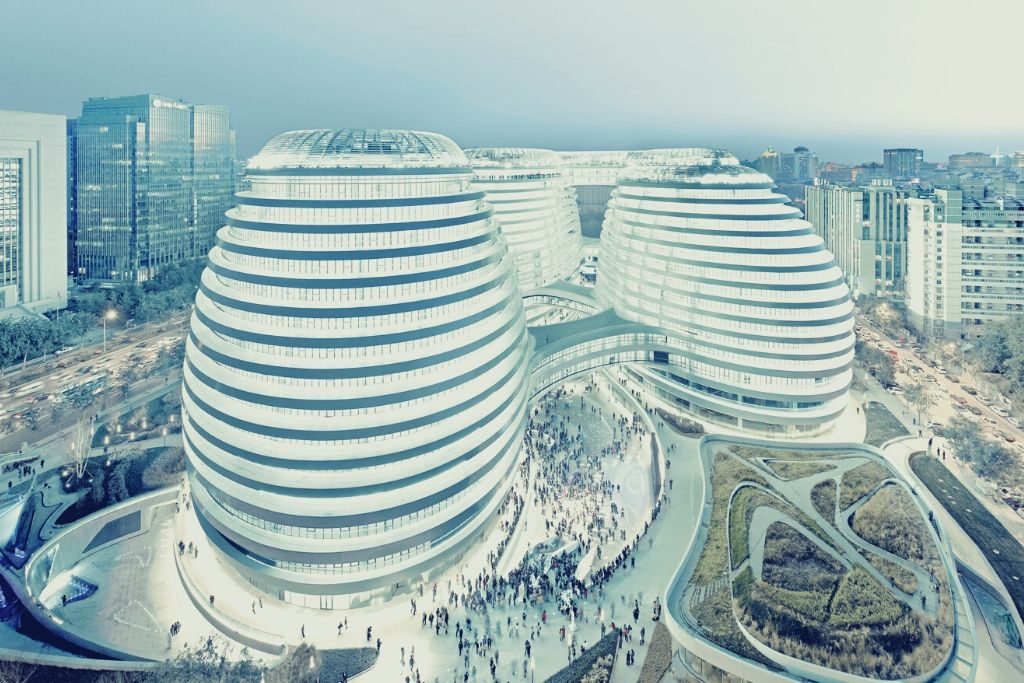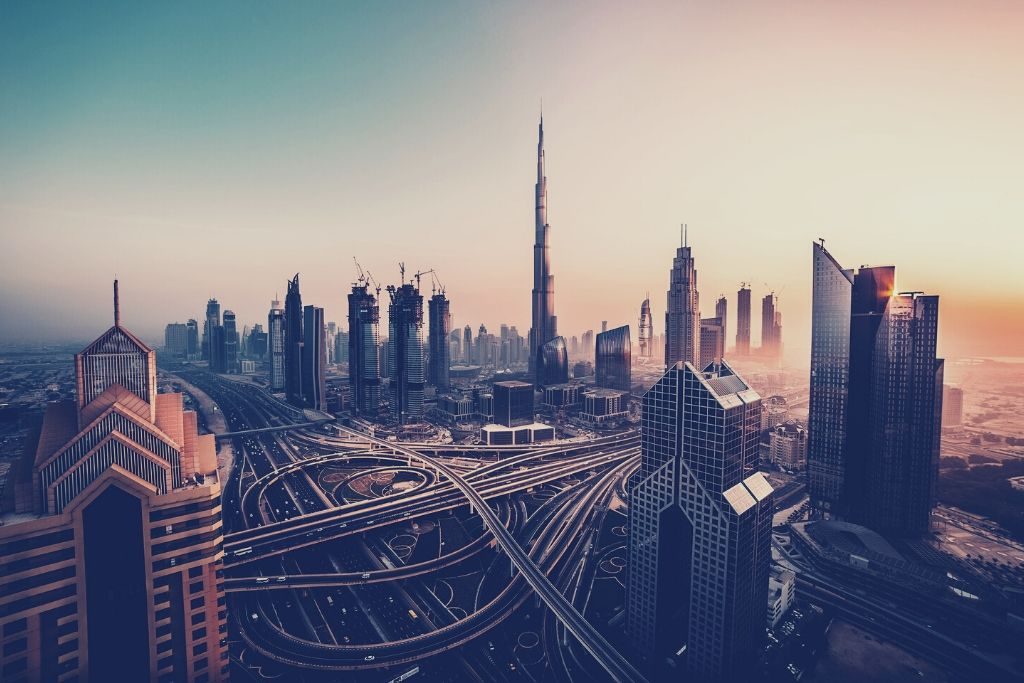Desert Dwellings: Ingeniously Designed Architecture in Drought Regions

From the Arabian peninsula to the Southern United States, more than a billion people live in desert regions and experience extreme temperatures. These desert communities see very little rainfall, and regular dust storms.
6 Ways to Boost Occupational Health in Construction

Creating homes and structures from scratch is a rewarding career path for many. However, working in construction has unique risks and stressors. Exposure to harmful chemicals, constant loud noise, handling heavy loads, and potential hazards such as falling from a high place or electric shocks are among the daily risks for millions who work on construction sites.
3 Ways Construction Sites Can Minimize Water Pollution

As a resource-intensive industry, construction has a notoriously high environmental impact: According to some estimates, it accounts for up to 40 percent of the global carbon emissions. The sector is also a significant source of pollutants. The World Bank states that the construction waste will increase by 70 percent by 2050 unless there’s urgent action.
“A Room at the Top”: 7 Women Architects Who Made a Mark on the World

“Where are all the female architects?” Allison Arieff, a design and architecture writer, questioned in a 2018 opinion piece for the New York Times. “Nearly half of architecture students are women. Why are so few sticking with the industry after graduation?”
Dubai 2050: A Desert City’s Race to Be the World’s Most Sustainable

Following its rapid rise from a humble fishing village to an ultra-modern metropolis, Dubai is a city of superlatives: It’s home to the world’s tallest building, biggest shopping mall, largest picture frame, or the most capacious indoor skiing center.
Here’s How Sustainable Cities Can Boost Gender Equality

Since the ancient civilizations started to build cities, urban landscapes evolved parallel to the gender roles, associating public spaces with men, and the private sphere with women. However, in the late 20th century, as the global urban population continued to boom, spatial researchers began to emphasize the importance of a gender-sensitive approach to urban planning.